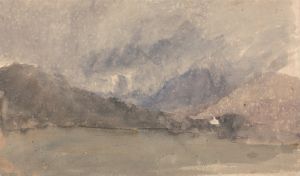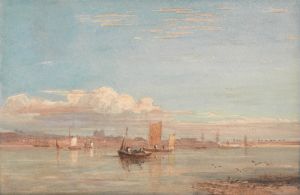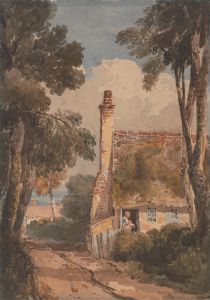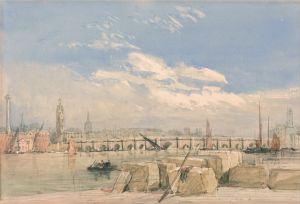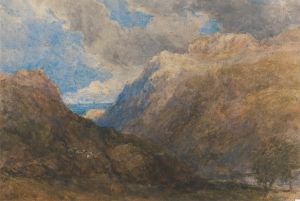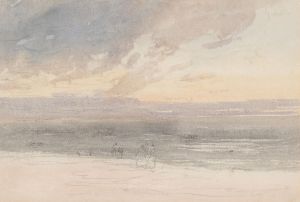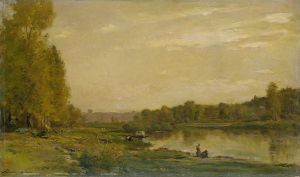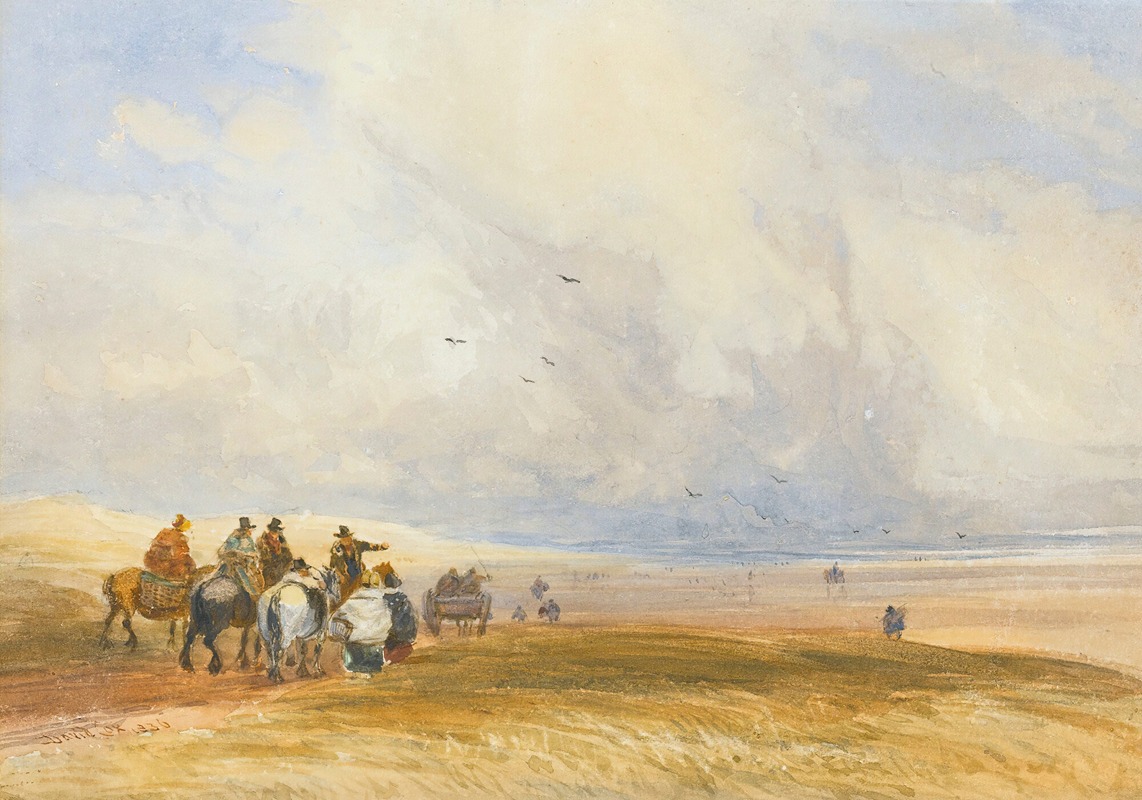
Ulverstone Sands, Cumbria
A hand-painted replica of David Cox’s masterpiece Ulverstone Sands, Cumbria, meticulously crafted by professional artists to capture the true essence of the original. Each piece is created with museum-quality canvas and rare mineral pigments, carefully painted by experienced artists with delicate brushstrokes and rich, layered colors to perfectly recreate the texture of the original artwork. Unlike machine-printed reproductions, this hand-painted version brings the painting to life, infused with the artist’s emotions and skill in every stroke. Whether for personal collection or home decoration, it instantly elevates the artistic atmosphere of any space.
David Cox was a prominent English landscape painter, born on April 29, 1783, in Birmingham, England. He is recognized as one of the leading figures in the development of English landscape painting during the 19th century, particularly known for his works in watercolors. Cox's style is characterized by its loose brushwork and vibrant use of color, which contributed to the evolution of landscape art during his time.
"Ulverstone Sands, Cumbria" is one of Cox's notable works, capturing the scenic beauty of the coastal area in Cumbria, a county in North West England. The painting depicts the expansive sands of Ulverstone, a town that is now known as Ulverston, located near the Furness Peninsula. This area is known for its picturesque landscapes, including the sands that stretch along the coast, offering a unique and serene view of the natural environment.
Cox's depiction of Ulverstone Sands reflects his mastery in capturing atmospheric effects and the transient qualities of light and weather. His approach to painting often involved working outdoors, directly from nature, which was a relatively innovative practice at the time. This method allowed him to observe and render the subtle changes in light and color that occur in natural settings, lending his works a sense of immediacy and authenticity.
The painting likely showcases Cox's ability to convey the vastness and tranquility of the sands, with an emphasis on the interplay between land, sea, and sky. His use of watercolors would have enabled him to create delicate washes and gradations of color, capturing the essence of the landscape with a sense of fluidity and spontaneity. This technique was particularly effective in rendering the expansive skies and reflective surfaces of the sands, elements that are often highlighted in his coastal scenes.
Cox's work, including "Ulverstone Sands, Cumbria," played a significant role in the development of the English watercolor tradition. His influence extended to future generations of artists, contributing to the broader appreciation and recognition of watercolor as a serious medium for landscape painting. Throughout his career, Cox exhibited regularly at the Royal Academy and the Society of Painters in Water Colours, gaining acclaim for his innovative approach and the emotive quality of his landscapes.
In addition to his artistic achievements, Cox was also a respected teacher, sharing his knowledge and techniques with aspiring artists. His legacy is preserved not only through his paintings but also through his contributions to art education and the development of landscape painting in England.
"Ulverstone Sands, Cumbria" exemplifies David Cox's dedication to capturing the beauty of the natural world, highlighting his skill in portraying the subtle nuances of the English landscape. His work continues to be celebrated for its artistic merit and its role in shaping the course of landscape painting in the 19th century.








